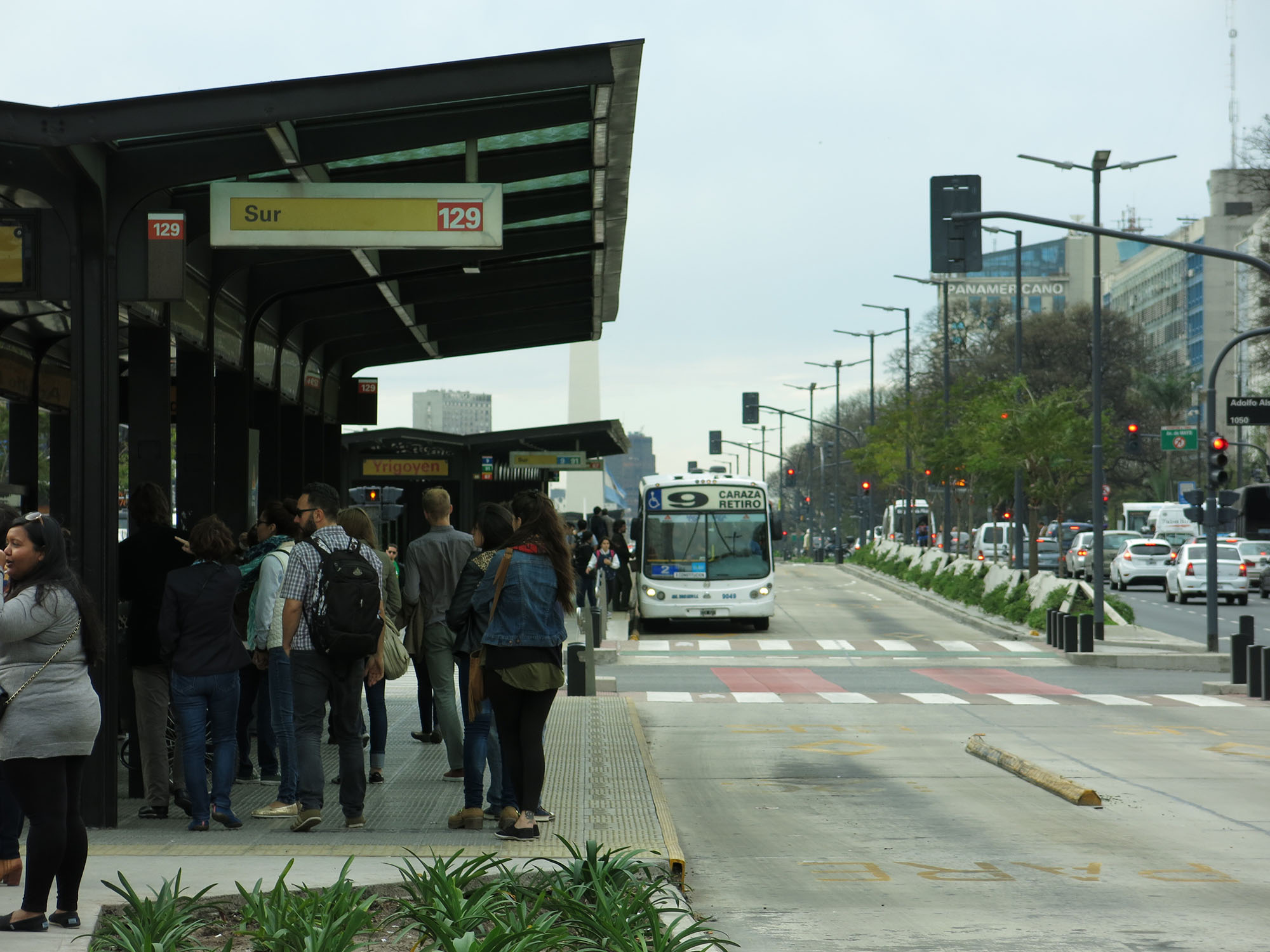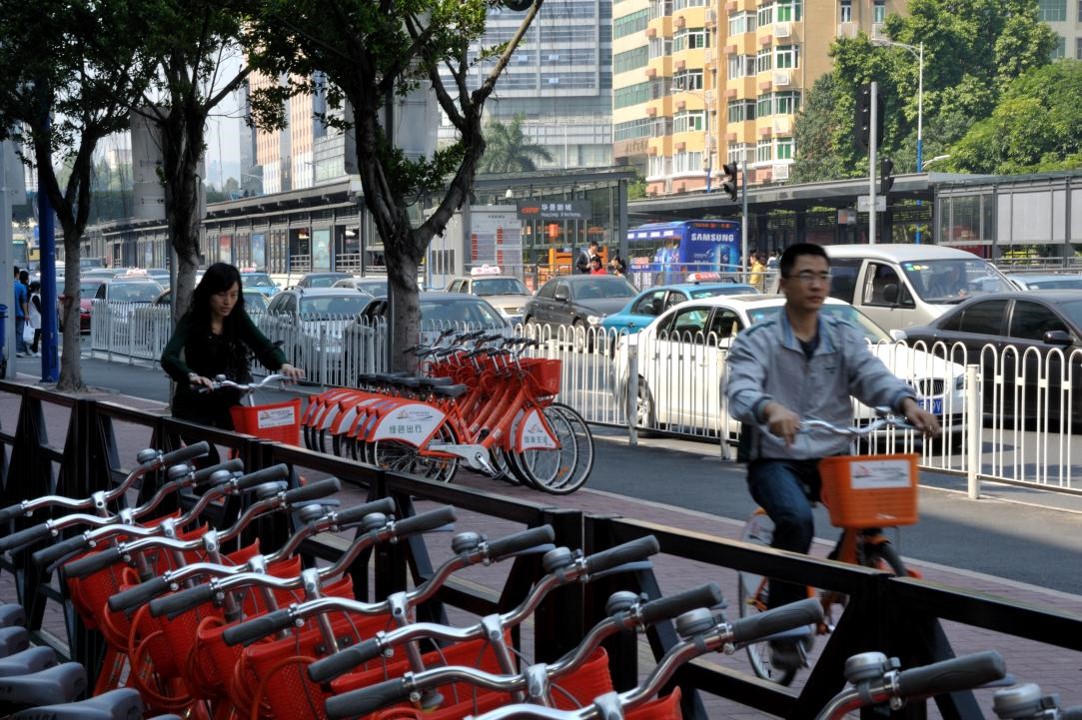28.3Fare integration
Growing up in New York City, my car culture is minimal. I rode on the train, the bus. I walked; I rode my bike, and when I was younger, I rode my skateboard.Ramón Rogdríguez – American actor, 1979 –
Integrating fare payments across various transport systems benefits the patron and system. For the customer, it makes it easier to use the entire transport system by simplifying the way the customer pays to use those services or allows easy switching or transfer between modes. It could help with regional integration, too, as fare integration can help bridge jurisdictional boundaries.
Integration allows both to benefit from economies of scale. See Chapters 15: Fare Policy and Structure and 19: Information Technology Systems for more information.
Examples of fare integration include:
- Common fare card. When all services use the same fare media, such as the Oyster Card in London. This allows a customer to use any service without having to buy a new ticket or purchase a different card. Ideally, these can be purchased within any of the participating systems, at independent outlets, or on-line. Computerized fare cards direct payment to each system based on ridership;
- Common transfers. Discounted or free transfers between various systems. This is made even easier with technology that recognizes the transfer for the customer;
- Integrated tickets. This allows one fare to cover multiple modes for one journey. Purchasing a fare on one system provides a free ride on another. Examples include a free ride on the airport shuttle connect the train to the plane, a free ride on the regional rail from the inter-city rail terminal, use of the campus shuttles with paid parking, etc.
The easiest to start with is using a common fare media, like a smart card. It is harder to tackle the institutional issues behind that though, including coordinating multiple agencies or operators, as well as the accounting and accountability needed behind that (Jorge Rebelo, Nine Suggestions for Designing and Implementing Integrated Fare Systems at http://blogs.worldbank.org/transport/nine-suggestions-designing-and-implementing-integrated-fare-systems).

